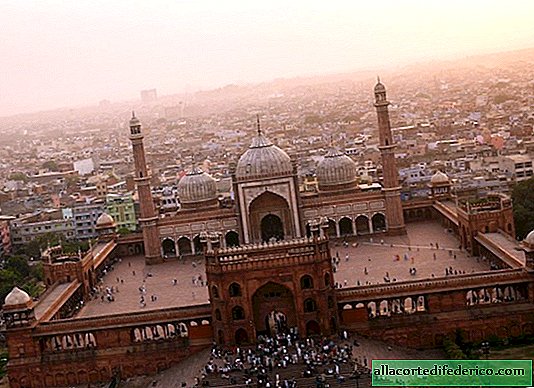Indian population dies due to dirty air
Scientists unveiled scary statistics: more than 12% of all deaths in India last year occurred due to high air pollution. Such is the payment for industrialization, urbanization, rapid population growth and low levels of environmental control in a poor country whose population exceeds one billion.

According to studies, more than ¾ of the population of India lives in cities and areas where the air quality does not meet Indian state standards. It is also noted that the sanitary and hygienic standards governing the maximum permissible level of pollutants in the air in India are much less stringent than, for example, established by the World Health Organization (WHO). According to WHO, not a single state in India fits into the standards of this organization.

Despite the rapid growth of megacities and cities whose population exceeds 1 million people, the level of urbanization in India is still one of the lowest on the planet - about 30%. But even in rural areas, the quality of atmospheric air often leaves much to be desired - the widespread production of charcoal, the burning of plant debris on agricultural fields and household waste, as well as forest fires affect it.

Due to the high population growth rate of cities and low air quality standards, smothering smog is constantly hanging over Indian cities, and New Delhi annually takes a leading position in the list of the dirtiest cities in the world. But the development of a system of environmental standards and restrictions requires time and certain financial costs. Experts, however, recognize that at this stage of development, the country is not yet able to provide the proper level of environmental protection and improve the quality of atmospheric air in cities.

Doctors note that the consequences of living in places with a high level of air pollution can be expressed not only in lung diseases. A stably high content of pollutants in the air leads to diseases of the respiratory tract, cardiovascular system and other pathologies. Mortality from these diseases in India is very high, and instead of increasing life expectancy, as is noted in many developing countries, India has faced the problem of reducing life expectancy, which, of course, is of serious concern.


















